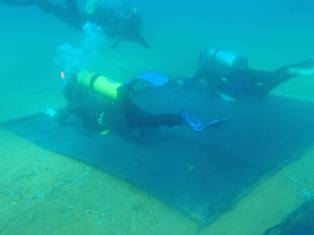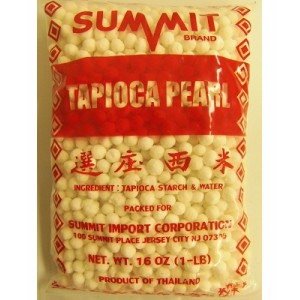Aquatic weed propagules pose a serious long-term management problem. Curlyleaf pondweed (Potamogeton crispus) produces numerous asexual propagules that make traditional management difficult. We initially compared the effect of three benthic barrier materials (jute, polyethylene and rubber) on the control of curlyleaf pondweed turions (see Fig. 1 for example of bottom barriers) in both laboratory bench studies and studies using larger mesocosms. After the bottom barriers covered the turions for eight weeks we then determined the viability of the turions by allowing them to sprout. Our results showed that the jute and polyethylene did not give any control of curlyleaf pondweed sprouting, but the rubber barrier, which blocks both light and gas exchange, gave between 50 and 70% suppression of resprouting. This level of control, however, would not be considered adequate in an infested aquatic environment. In another experiment only under the impermeable rubber barrier material, we exposed curlyleaf pondweed turions to two weeks of dilute acetic acid that was loaded into tapioca starch pearls (Fig. 2). This allowed for the slow release of the compound. Results showed complete inhibition of sprouting turions at and above acetic acid concentrations of 0.5%. The solid starch formulation maintained continued slow-release activity for at least three days. These experiments demonstrate the potential use of tapioca starch saturated with acetic acid and combined with impermeable benthic barriers as a potentially effective method for the control of curlyleaf pondweed turion sprouting in a variety of aquatic systems.
Fig. 1. Benthic bottom barrier being placed on invasive plant patch by divers.
Fig. 2. Tapioca pearls used for slow-release of acetic acid under rubber bottom barrier.

